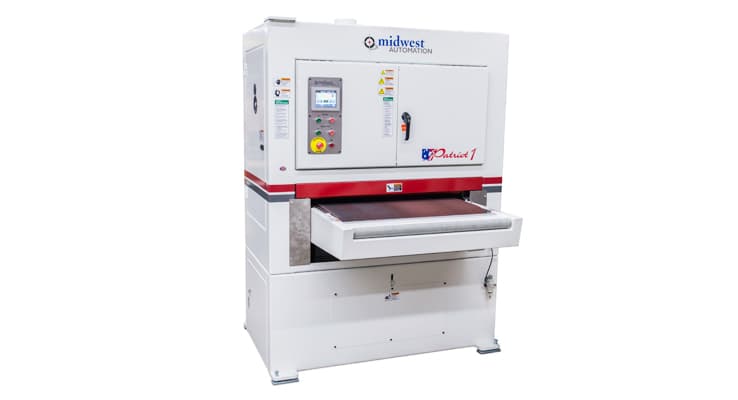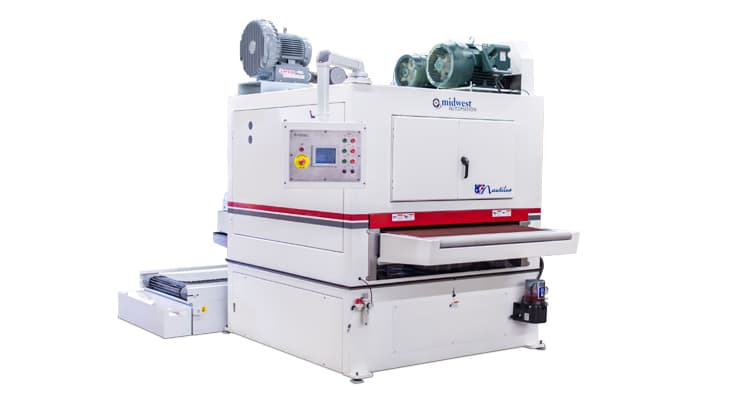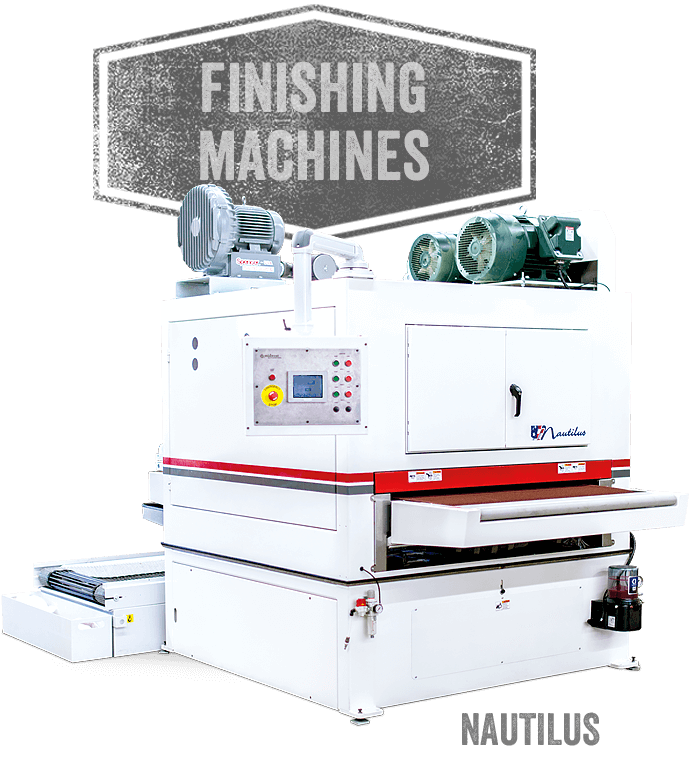Gulf States Saw & Machinery Co., Inc. has assembled a collection of finishing solutions ideally suited for the digital realm. From cutting to creasing to folding, Gulf States Saw & Machinery Co., Inc. has your digital finishing covered. And when you’re ready to move up to single-pass slitting, cutting, creasing, scoring, and perfing look no further than the Aerocut digital finishing solutions line. These all-in-one finishing systems will take your digital production to the highest level.
Our machines support as many as four working heads, with the ability to customize them with a variety of rotating brushes, abrasive belts, and oscillating disks based on your application’s unique needs.


